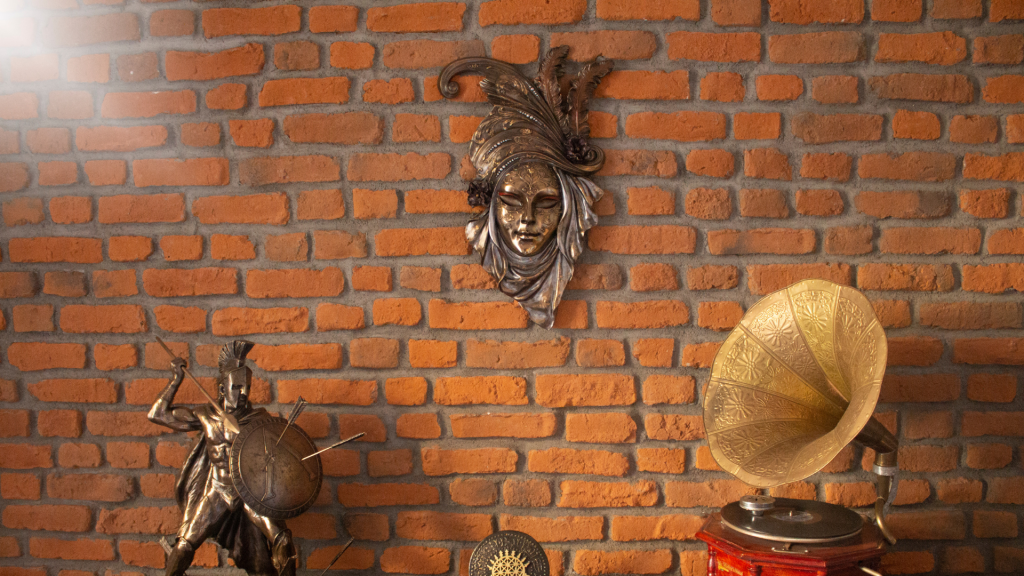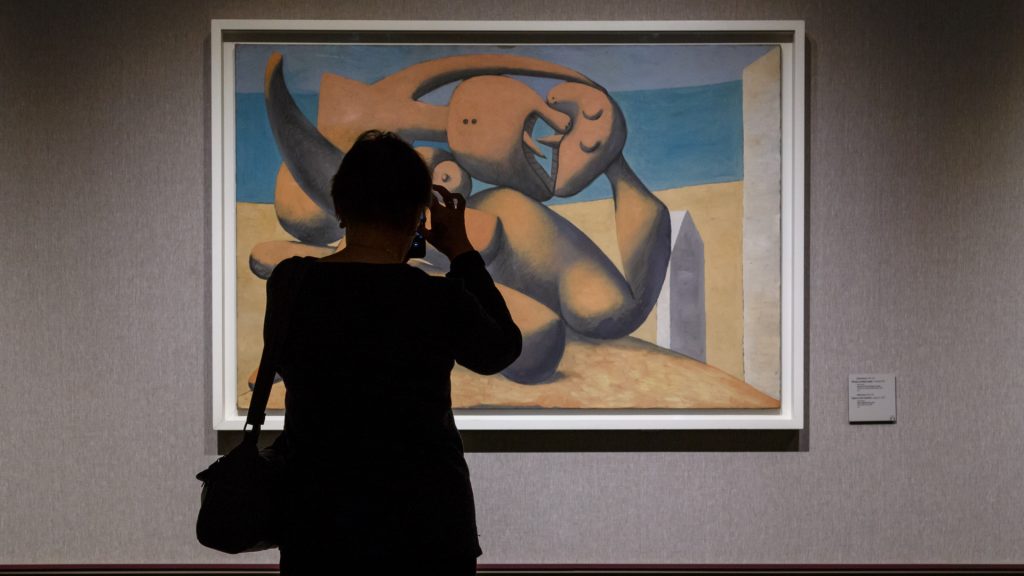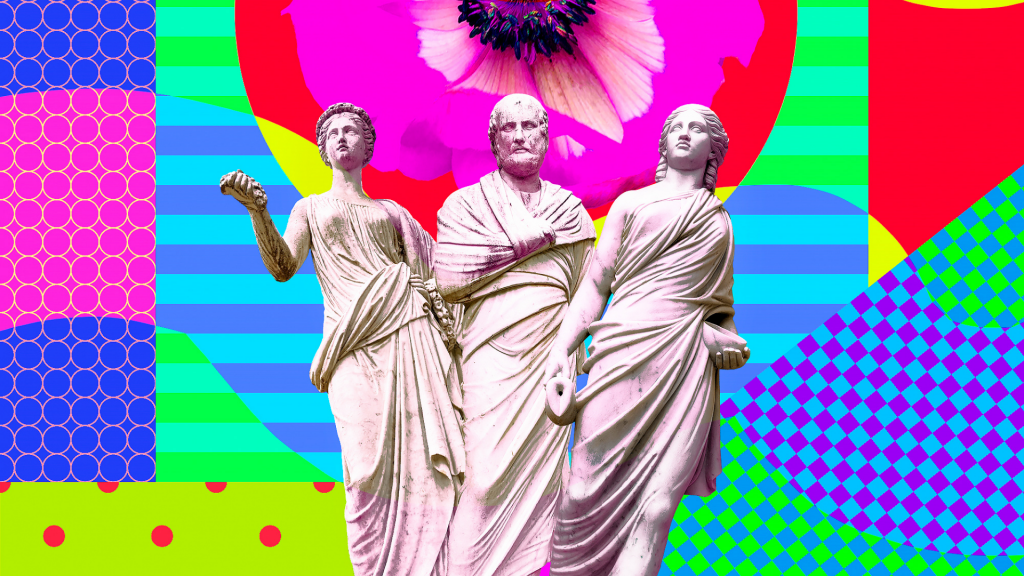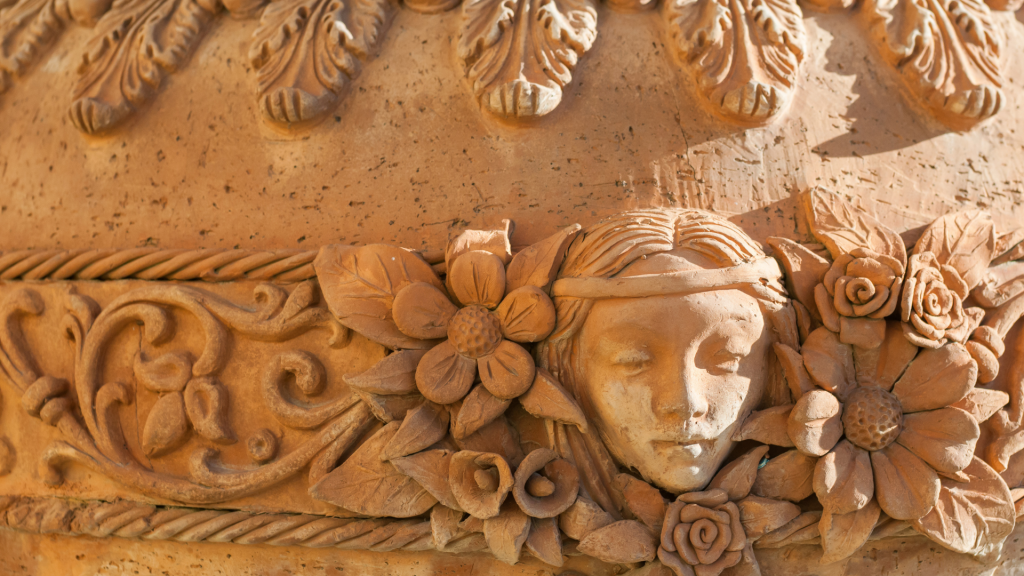Art school is a dream destination for many art-loving people. While it can be a great place for self-study and for learning from others, there are also several important factors to consider before applying to art school. Before you decide to attend art school, weigh the costs and benefits so you can make the best decision for your art and your life.
The word school is an important factor in what kind of art school you want to go to. Some art schools are more structured than others. Perhaps it’s because they’re only concerned about the growth and education of students. Additionally, such schools usually hire experts who assist them with education consulting and guide them to improve their educational quality. If you’re a student who thrives in a structured environment, you would be happy at a college or university. If you like to be able to move around and learn at your own pace, a trade or technical school might be a better choice.
Benefits of Attending Art School
The benefits of attending and graduating from art school are many and varied, though perhaps the most obvious one is that you will gain valuable skills to help you through a career in the art world. Arguably, art school is the best place to learn how to become an artist, as it’s a place where the focus is on you and your work. It’s an inspiring environment, with many opportunities for creative expression, including time to work on your art. Most 4-year or 2-year art school programs will give you a broad base of skills that you can take into the professional world, while other programs can help you with more specific goals.
There are a lot of options when it comes to art school, but which one is the right one? It depends on your personality, the area of art you want to go into, and the type of art school you are looking for. You might want to choose a school that is close to home, or that is well known for what you want to major in.
Before You Finalize Your Enrolment
Is art school worth it? If you are considering pursuing a career in art school, there are a few things you should know before making your decision:
- Do you have a passion for art? – To begin with, you need to know whether or not you truly have an interest in art. Art school is not for everyone. That said, a lot of people on the internet are convinced of its merits. But with the proliferation of visual art and design programs around the country, it can be challenging to know what to look for in a school and how to choose the right one for you.
- Will attending art school be the right choice for me? – It is important to consider whether or not art school might be something you want to pursue or something that you should pursue. If you are still in high school, you might want to try taking college classes in art in addition to your regular classes. This can give you a taste of what art school is like and help you to decide whether or not you have what it takes to be an artist.
- A career in art school doesn’t usually result in a six-figure salary. – Art school does not prepare you to be a highly paid manager or executive. There is a small chance that you will achieve fame and fortune as a writer, actor, musician, or other performing or visual artist.
- The amount of training you receive will depend on what school you attend. – Some art schools will take one year to teach you how to use a brush, while others will take two years to teach you how to hold the brush.
- Tuition for art majors requires financing. – You should also be aware that you will be spending a lot of money on materials and supplies. Other expenses would include accommodation, travel, and renting graduation regalia. Some helpful hints to lower costs is not to get your supplies direct from the school directly and shop around. Nearby accommodation can be cheaper than student dorms if you know where to look.
When evaluating the value of art education, it is important to understand that art school is not for everybody, nor is it right for everyone. Given the high price tag, you need to be certain that you are willing and able to commit to studying and working in the fine arts.
The road to becoming an artist isn’t paved in gold. It’s not even paved. It’s a dirt road, and it’s full of potholes. It’s the same for anyone who wants to make art their living: you’re embarking on a risky journey that will most likely take you to places that aren’t very comfortable. But it’s a journey worth taking.








